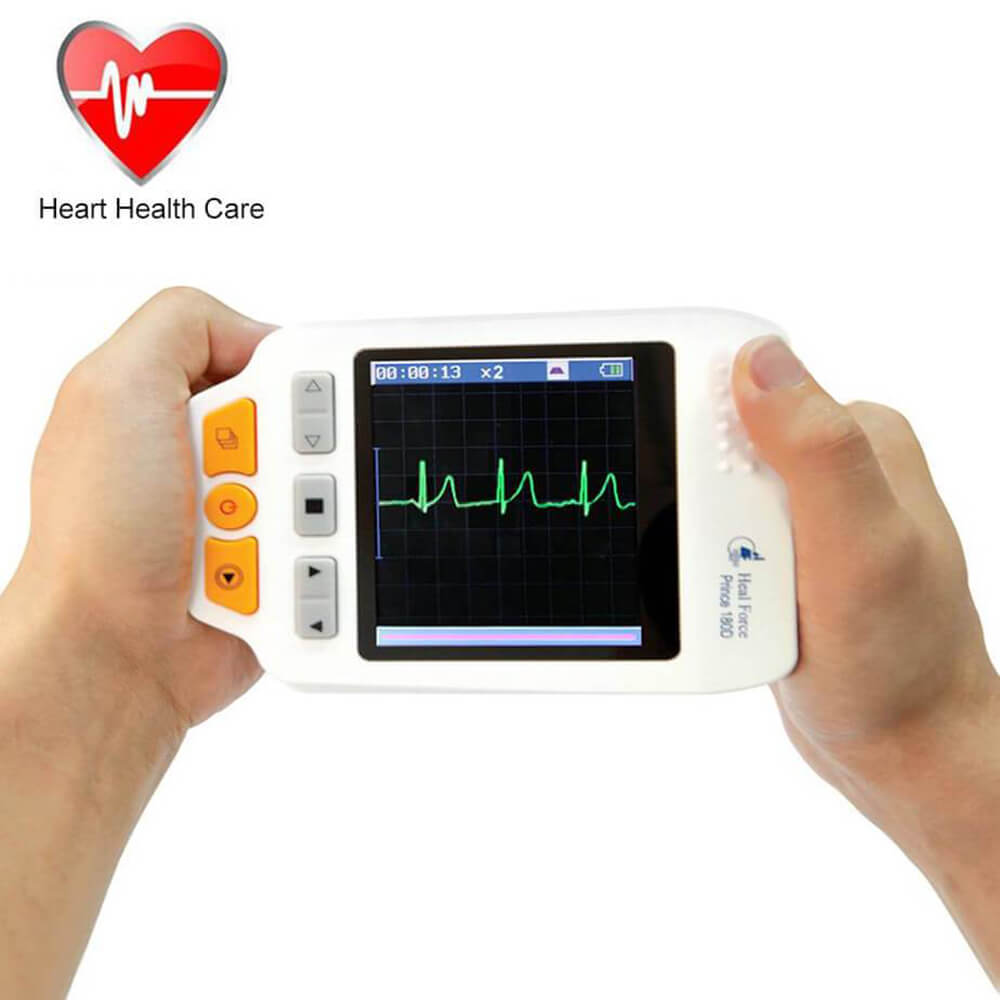

Nearly 50% of respondents cited complexity as the main disadvantage, followed by 25% citing lack of training as the second-biggest drawback. Clinicians cited complexity and lack of training as reasons to stick with the more familiar Holter monitors, despite better results from improved MCT technology. The biggest takeaways from this survey? Strong indications of a willingness to adopt mobile cardiac telemetry technology with two significant changes: better training and onboarding. With 45% of respondents saying they prescribe mobile cardiac telemetry units (directly or indirectly) at about the same rates as Holter monitors, there may still be a place for both options. While more MCT use is expected this year, Holter monitors are not being phased out any time soon. When asked about mobile cardiac telemetry units, 58% of respondents indicated they expect to see increased use of the newer technology. About 63% of respondents said they expect a slightly to significantly higher use of Holter monitors in 2022. There is a Place for Holter Monitorsĭon’t expect a dramatic shift one way or the other in the next 12 months. But the survey also shows more than half of respondents said the Holter monitor is easier for providers to use even though the equipment is bulkier, so patients are less mobile and more aware they are on a heart monitor. For example, respondents clearly understand the value the continuous monitoring and real-time data MCT provides. There may be several reasons for this tangled path to progress, as clinicians embrace innovation, while also simultaneously delaying it. Cardiac clinicians are wavering back and forth between tried and true technology and the measurable improvements afforded by newer mobile cardiac telemetry equipment. The results of the survey establish the potential for this tipping point to arrive soon, yet it’s not as imminent as it could be. Providers should be experiencing the tipping point in using newer technological innovations. The reality is that the Holter monitor turned 60 years old this year and has only been improved in small increments over the decades. The study sought frontline data on the use of Holter monitors versus mobile cardiac telemetry units - and the results show providers are wholly in a transition period. clinicians including cardiologists, electrophysiologists, nurse practitioners and physician assistants was conducted by the research team at Vivalink. If that’s the case, why isn’t this fully established as the standard of care? The Survey Says … But does that make them the best option? A new survey shows providers feel confident that mobile cardiac telemetry (MCT) can provide better detection rates and more accurate diagnosis. ST depression – The ST segment is abnormally low below the baseline.Holter monitors are firmly ensconced as the standard device for remote cardiac monitoring. The ST segment corresponds to a period of ventricular contraction. ST elevation – The ST segment is abnormally high above the baseline. VPB RonT – A Ventricular premature beats so early in the cardiac cycle that it falls on the apex of the preceding T wave. VPB Bigeminy – 1 normal (sinus) beat followed by a VPB VPB Trigeminy – 2 normal (sinus) beats followed by a VPB Tachycardia – A faster than normal heart rate (Over 100 bpm)Īccidental VPB – Ventricular premature beats (VPB) are single ventricular impulses caused by re-entry within the ventricle or abnormal automaticity of ventricular cells. Missed Beat – The heart’s regular rhythm is interrupted by a premature or early beat.īradycardia – A slower than normal heart rate (Less than 60 bpm)


The electrical impulses may happen too fast, too slowly, or erratically – causing the heart to beat too fast, too slowly, or erratically. No Abnormalities – A regular or sinus rhythm of the heart set by the natural pacemaker of the heart called the sinoatrial (or sinus) node.Īrrhythmia – Any change from the normal sequence of electrical impulses. EKGraph device will classify an ECG as 1 of the following:


 0 kommentar(er)
0 kommentar(er)
